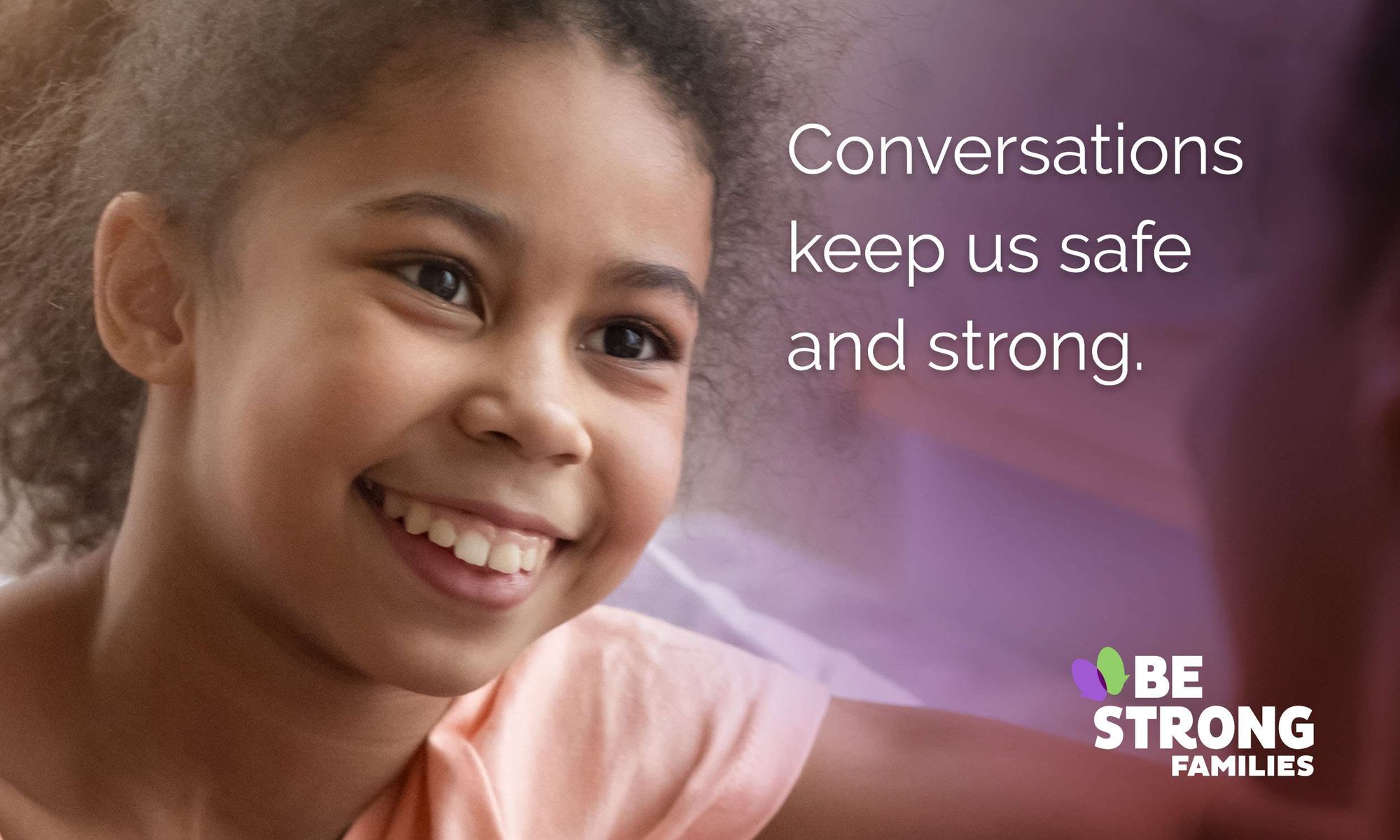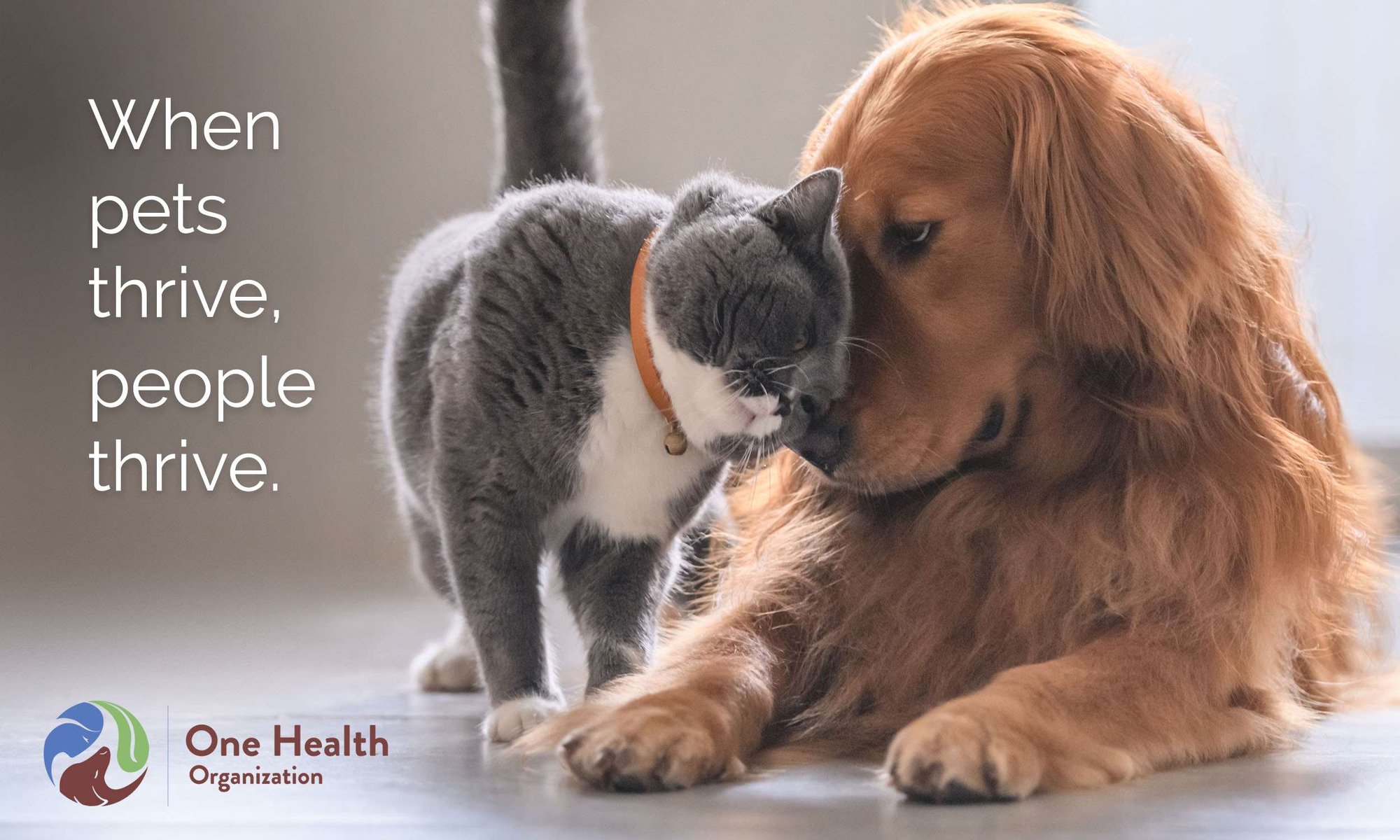Develop powerful digital strategies with engaging content that drives conversions, steering clear of tactics that don't deliver results.






Content marketing and conversion optimization to elevate your brand
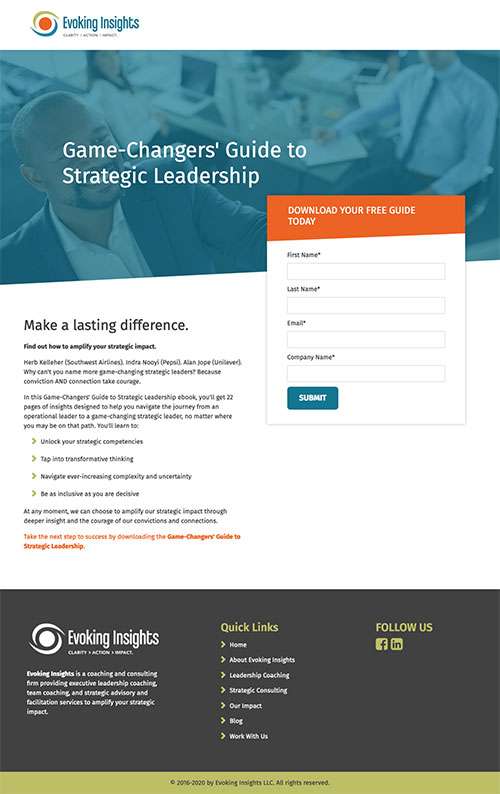
At Yodelpop, we specialize in content and conversion strategies, streamlining the journey from planning to execution. Our services boost visibility and audience engagement, making every content piece compelling and persuasive. Discover how our focused marketing approach yields measurable outcomes with superior content and optimized conversions.
Data-driven strategies for measurable growth
At Yodelpop, we are committed to delivering results that not only meet but exceed your business goals. Our approach is centered on data-driven methodologies and growth-oriented strategies that refine the customer journey and propel ideal leads towards conversion. We harness the power of advanced analytics to understand your market dynamics, optimize your content strategy, and ensure that every piece of content has a purpose and a payoff.
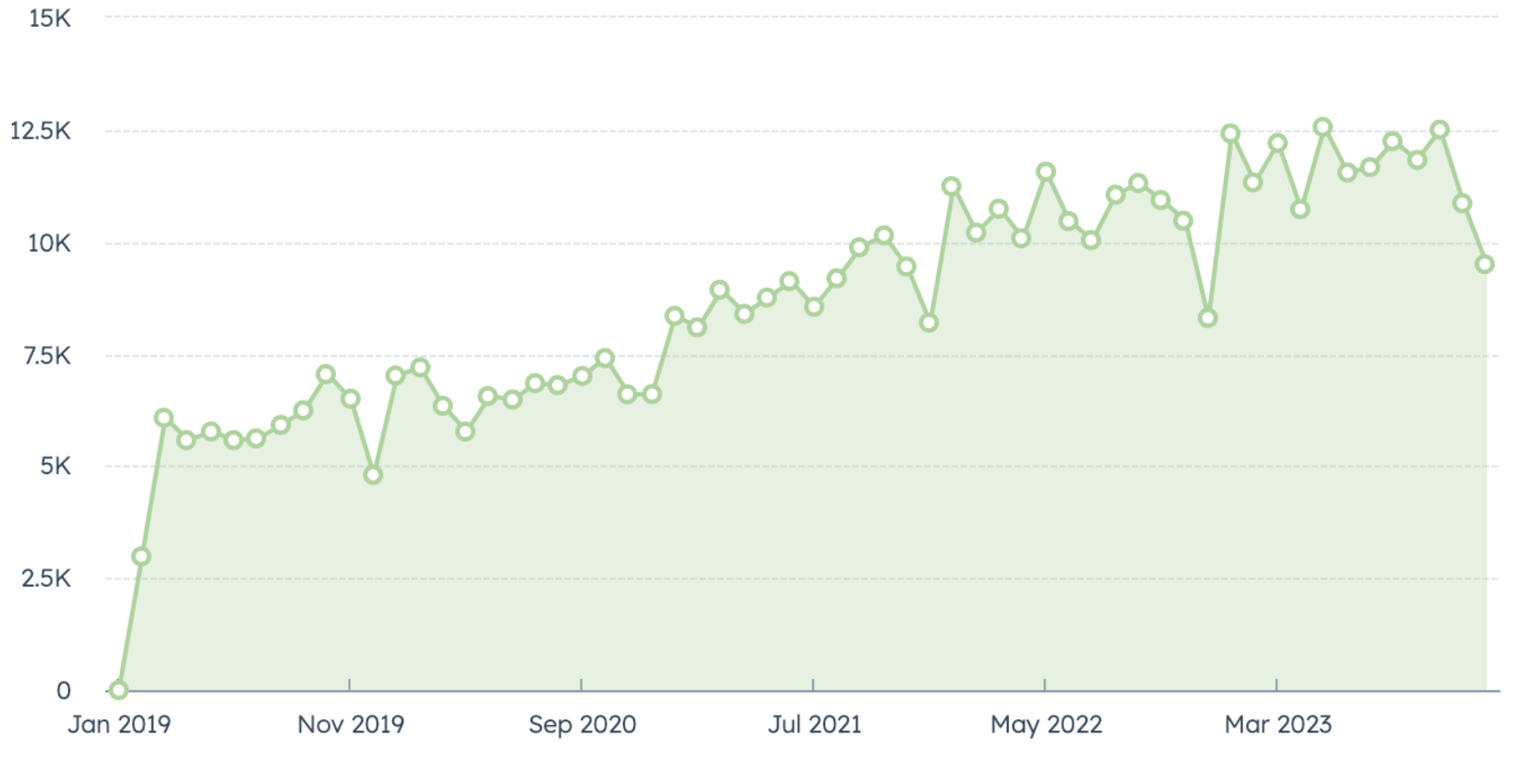
Average YOY* Client Traffic Increase
52.32%
*Our clients see the biggest jump in both categories the first year implementing a content and conversion strategy
Average YOY* Client Conversion
34.99%
scalable solutions to grow with you
Yodelpop delivers scalable content strategies and conversion solutions designed to evolve alongside your business. Our flexible, customized services adapt seamlessly to your growing needs, ensuring your marketing evolves as effectively as your organization does, without missing a beat.
Tech-enabled content marketing and CRM solutions powered by HubSpot
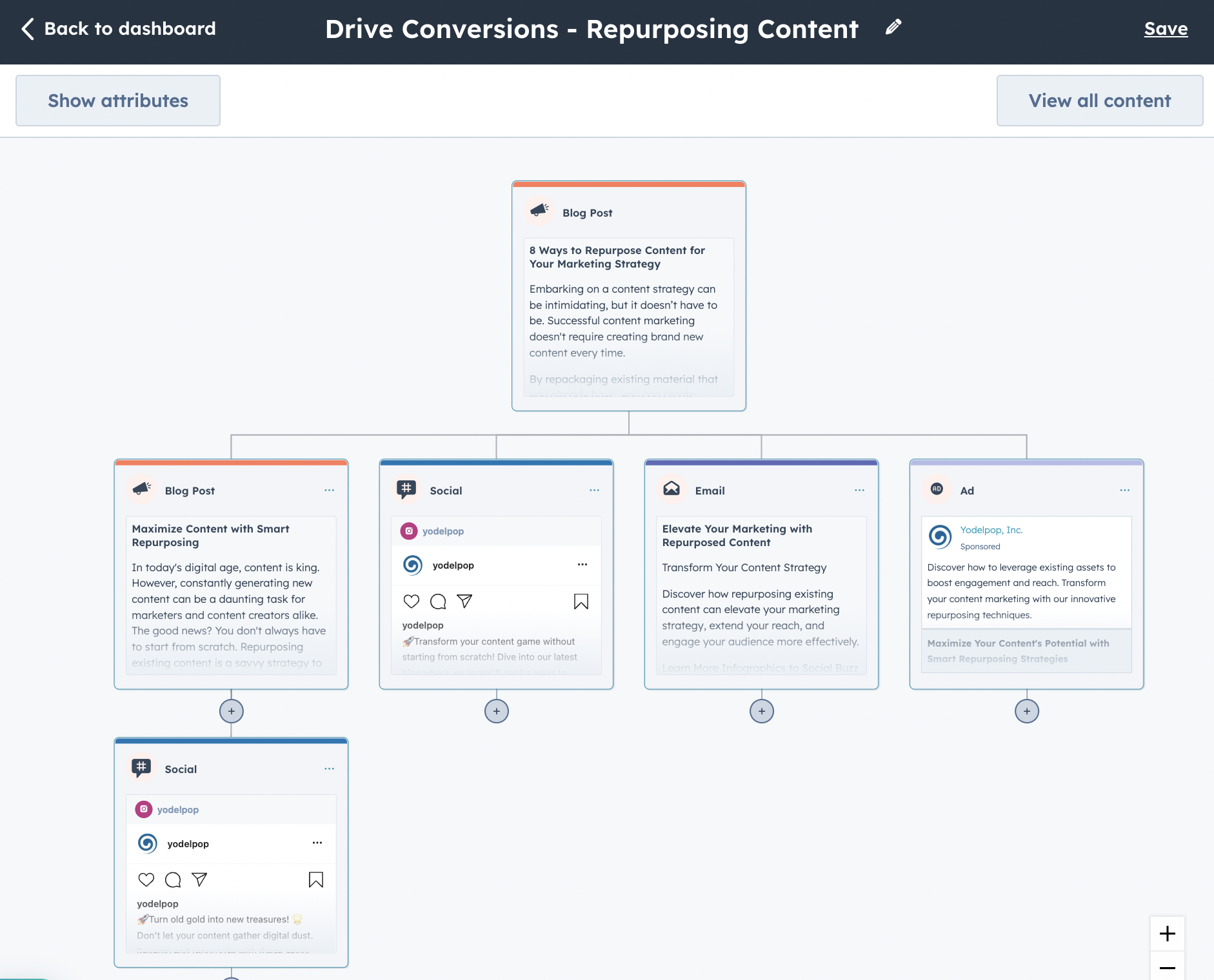
As a certified HubSpot Solutions Partner, Yodelpop specializes in the HubSpot Content Hub, advanced CRM tools, marketing automation, and analytics tools to refine your content strategy and enhance conversion rates. Our approach integrates sophisticated technology with strategic execution to increase your marketing effectiveness and efficiency, ensuring that each piece of content is not just seen, but felt and acted upon
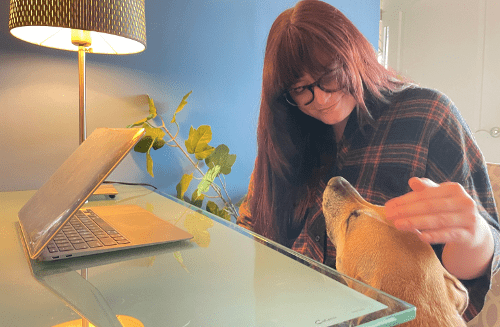
We're easy to talk to, but serious when it comes to guiding your content and conversion strategies. We go beyond just executing tactics; we ensure that every activity is deeply rooted in your brand.
Our commitment is to deliver results, and ensure that every step we take together is a step towards growth.
Get Started
Book your Discovery Consultation call to uncover hidden obstacles and unleash measurable growth
